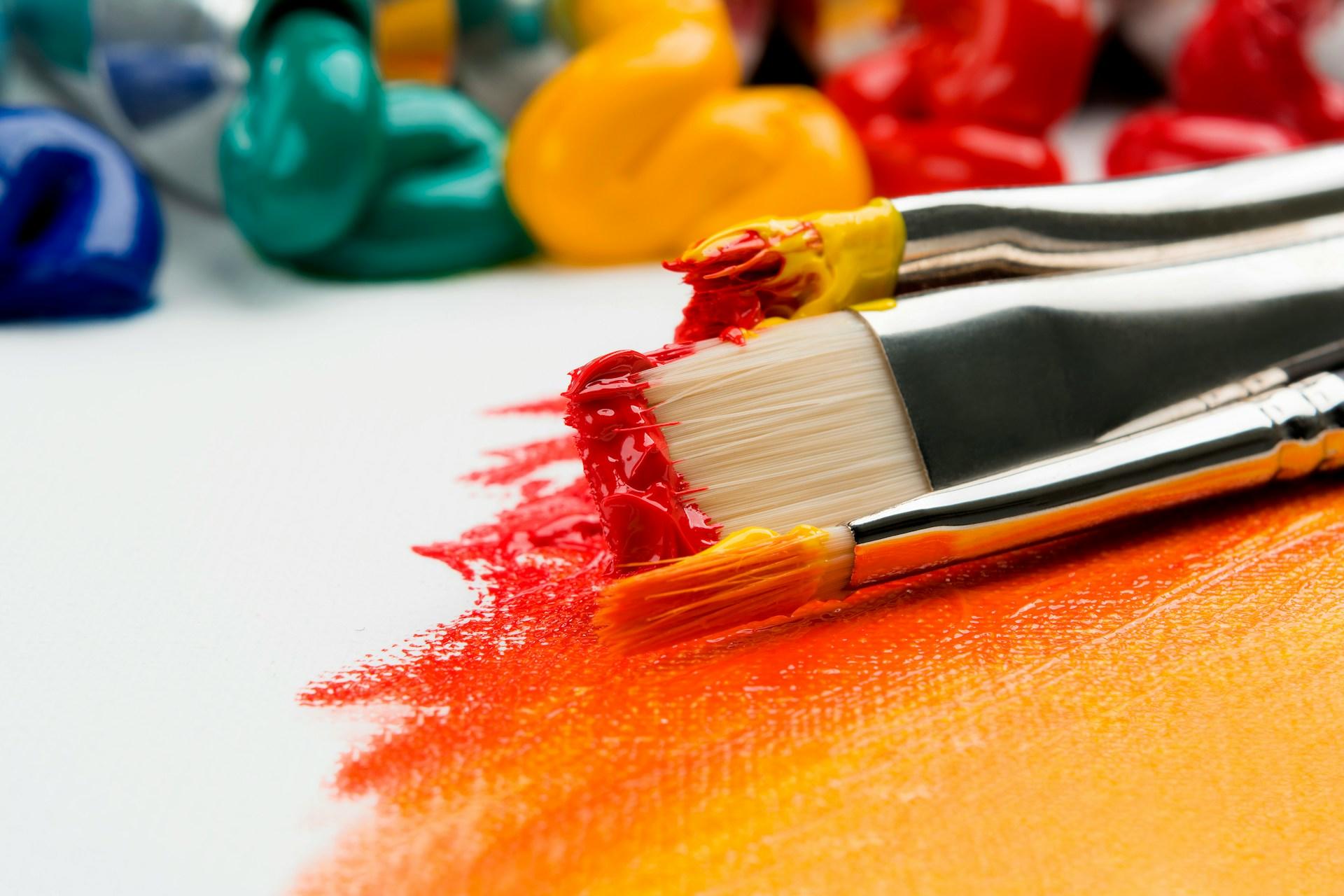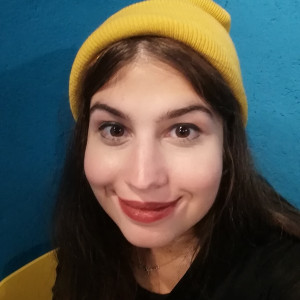Don’t think about making art, just get it done. Let everyone else decide if it’s good or bad, whether they love it or hate it. While they are deciding, make even more art.
Andy Warhol
If you're considering an art career, you might be spoilt for choice. Art can include so many things including music, cinema, and stage, but we often use the term simply to refer to certain types of visual arts.
All arts are a great way to express yourself so if you're looking for self-expression, you've come to the right place. However, with so many different types of art and different kinds of artists, how do you choose what you should do, which is the right fit for you, and which resources you should use to learn?
Let's try and get to the bottom of it and find out what kind of artist you should be!

What Different Types of Art Are There?
Let's start by looking at the different kinds of art and artists.
Here, when we're talking about the visual arts, we're usually referring to art forms that use physical materials as their medium, putting together things like paint, ink, clay, and any other materials that can be used to make something.
In more recent years, however, art has gone from paintings and sculpture to include more abstract and digital ways to produce visual works including photography, graphic design, and digital art.
Then there are examples of performing arts, which are often somewhat visual by nature (the audience watches the performers, after all), but include performative aspects such as movements, speech, music, etc.
Many styles of art include various aspects of one or several of these different disciplines and some artists might incorporate performance into their visual art and vice versa.
Art can be simple, complex, abstract, and real, and defining it is almost impossible. In the examples we use in this article, just remember that the boundaries between styles and disciplines are often blurry and everything is open to debate in the world of art.
Painting - Art with Pigment
Generally, we'd classify painting as a visual art. The artist takes materials and applies them to a surface to visually represent something. It doesn't matter whether or not the subject of the painting is something real or abstract, if you've used a material with some kind of pigment in it, you've probably been painting.
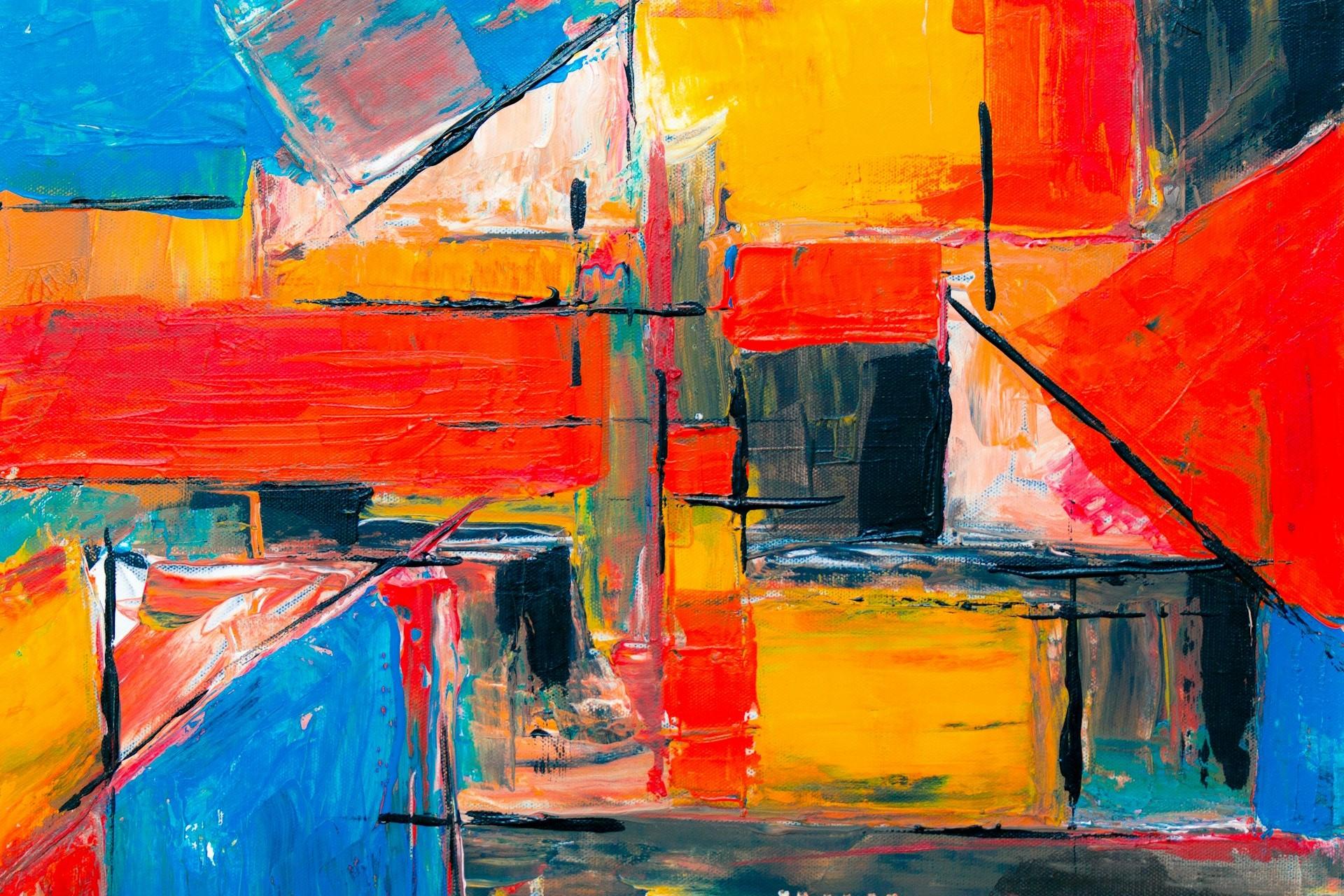
There are different kinds of paints and materials that artists can use and which you choose will greatly affect how your works look. You can paint on canvas, paper, walls, and any physical object you can think of.
The paint you use could be watercolors, pastels, acrylics, oil, etc.
Different types of paint have different qualities and effects. Oil paints allow artists to mix colors easily and provide lots of contrast, but can take a long time to dry. Acrylic paints, on the other hand, dry very quickly and allow artists to layer their work. Experiment and work out the right type of paint for each piece you create.
There have been movements whereby certain painting techniques and approaches have been popular. If you study art history, you'll learn about how art styles, particularly those used by painters, change and evolve.
From cave paintings done by early humans to popular art movements like the Renaissance, expressionism, contemporary art, or even pop art, painters have been finding interesting ways to paint for thousands of years.
This type of art form requires a canvas, paper, and the use of pigments. Several professional painters have displayed their exemplary artworks in homes, galleries, and museums.
Illustration - Where Drawing Meets Graphic Design
Illustration is an artistic pursuit that can also include elements of graphical design.
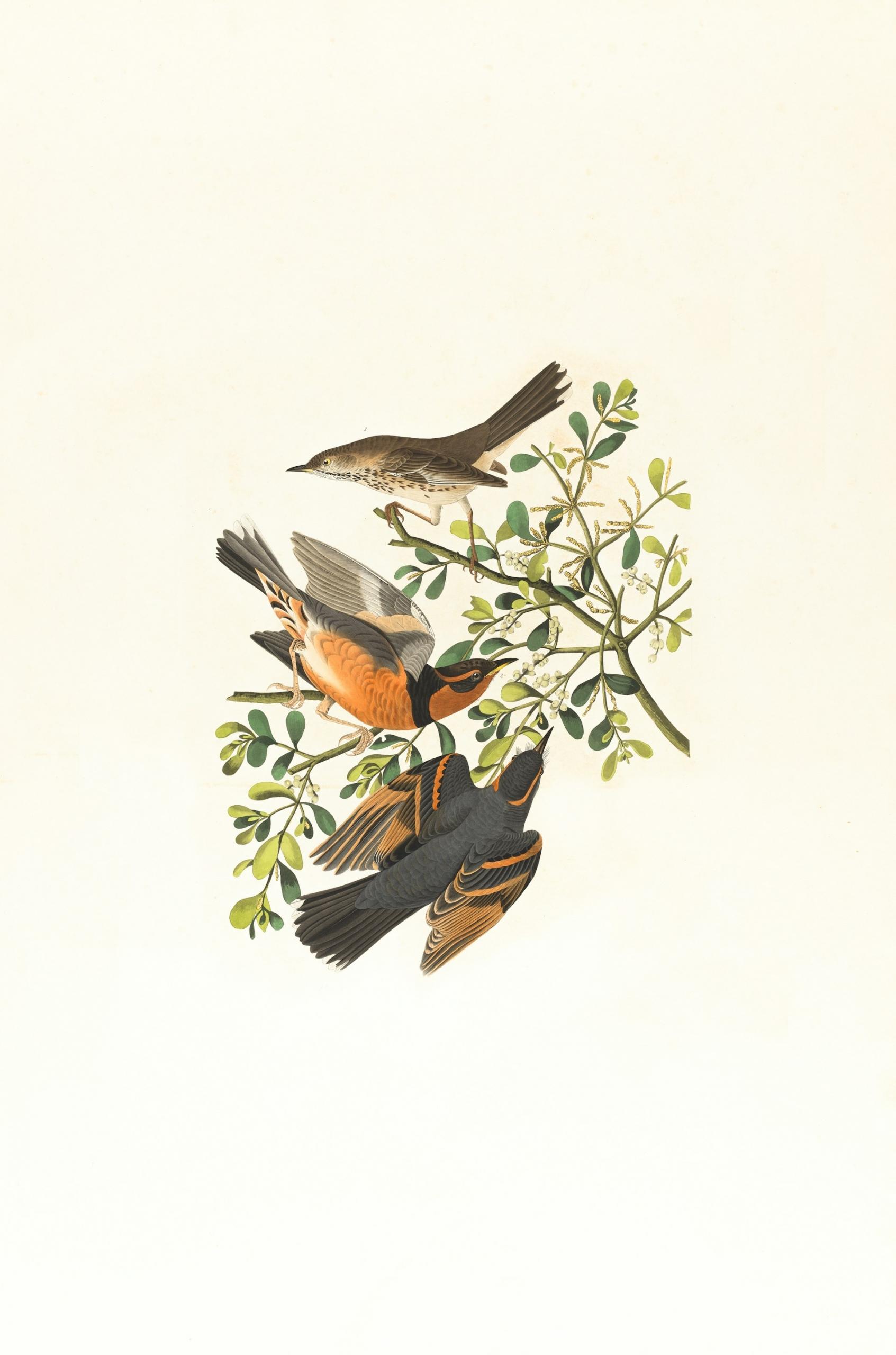
Some illustrations serve a non-artistic purpose, such as demonstrating a product, a concept, or elements within a story or technical document.
It should be noted that graphic design and illustration are not the same thing, even though, as always, there's some overlap between the two.
Illustrators might work on comics or graphic novels, but again, there are always exceptions.
Sculpture - Creating 3D Art Through Physical Materials
Sculpture could be thought of as painting's 3-dimensional cousin. Rather than assembling materials onto a flat surface to represent things, you can create 3D objects.
Many artists, especially during the Renaissance, would be both painters and sculptors, and throughout history, you'll find that artistic people tend to try their hand and many different artistic techniques and styles.
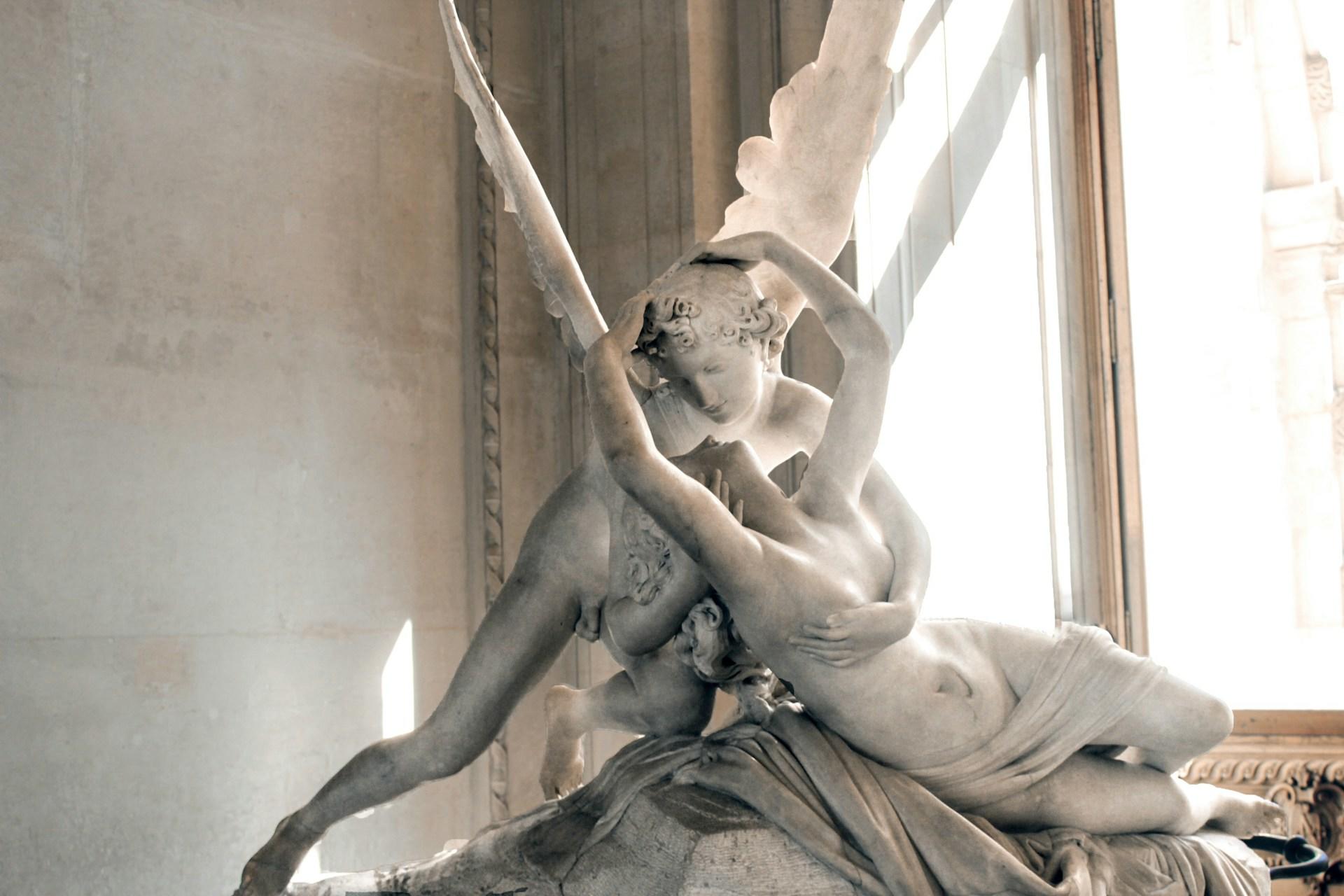
Creating physical objects as an art form dates back over 35 centuries ago and as humans, it seems that we've been sculpting for almost as long as we've been painting.
Visual 3D, Graphics, and Animation - Art and Technology
Artists have always sought to use new approaches and techniques and with the arrival of digital technologies, artists have naturally put them to good use.
Digital artists can combine traditional techniques from painting, sculpture, and typography to make wonderful works. These can be 2D, 3D, and even become tangible works in the real world.
Graphic design tends to include art being used as a means to communicate rather than solely self-expression. This isn't to say that other art forms don't have a message, but the reason graphic design exists is usually for another purpose.
Literature - The Written Word as Art
In keeping with the idea of art as a form of self-expression (though not always), literature is a form of self-expression whereby the artist uses words.

Literature can include things like stories, letters, books, scripts, etc. For students studying arts in high school, literature is often one of the more accessible art forms, as there are far fewer materials you need to buy, and thanks to libraries, it's often much easier to access resources that can serve as inspiration.
Like with other art forms, literature also has movements and trends. Some popular ones that you may want to research include:
- Realism
- Modernism
- Naturalism
- Romanticism
If you're looking for some classic literary artists, Shakespeare, Dickens, and Twain are quintessential examples of literature in the English language. As you start exploring literature, however, you'll see that these writers are simply the tip of the iceberg.
With literature, you could say that the author sets the stage and the art itself is constructed in our minds when we read their works.
Architecture - Art for Buildings
Art doesn't have to be functional, but it's nice when it is. Architecture is at the crossroads between art and engineering. It allows us to use art in the buildings and structures that we design.
Behind every building, there's somebody who designed the structural and the esthetic aspects. In some cases, this might be the same person, but this is rarely the case.
After all, modern buildings have structural elements that require an understanding of engineering, physics, and many other scientific disciplines.
Buildings are arguably the biggest canvas an artist can have and for some people, having the restrictions of the canvas being a building makes the process far more interesting.
Cinema - Moving Pictures
Cinema is the first performing art that we've included here. This art is a combination of performance, visual, and often music.
There's rarely a single "artist" involved in making a movie, though. It usually takes huge teams of specialists to create cinematic masterpieces including directors, producers, scriptwriters, actors, and editors to make it all come together.
This doesn't even include every other staff member in the production.
Music - Audio Art
Music is art for your ears, but even then, music is also part of a performance and in many performances, a visual spectacle.
Music can be an art form to be appreciated on its own or act as the backdrop to other art forms. After all, artists can add music to their exhibitions while filmmakers almost always use music and sound design in their works.
Music majors usually study in separate departments from visual art majors as a lot of the skills and spaces required to study music are different.
Theater - Art as Performance
Theater is the original performing art and before filmmaking and cinema, performance pieces were done in public or privately on stage.
Stage productions can include the performances of actors, singing, and dancing as well as many other art forms including graphic design, sound design, music, and all manner of different artists working together.
Almost everybody involved in a theater production is an artist of some kind.
Fashion - Art You Can Wear
Just as architects use buildings as their canvas, fashion designers use clothing and people as theirs. We can also include makeup artists, stylists, hairdressers, etc. in this group as they all work on people and how they look.
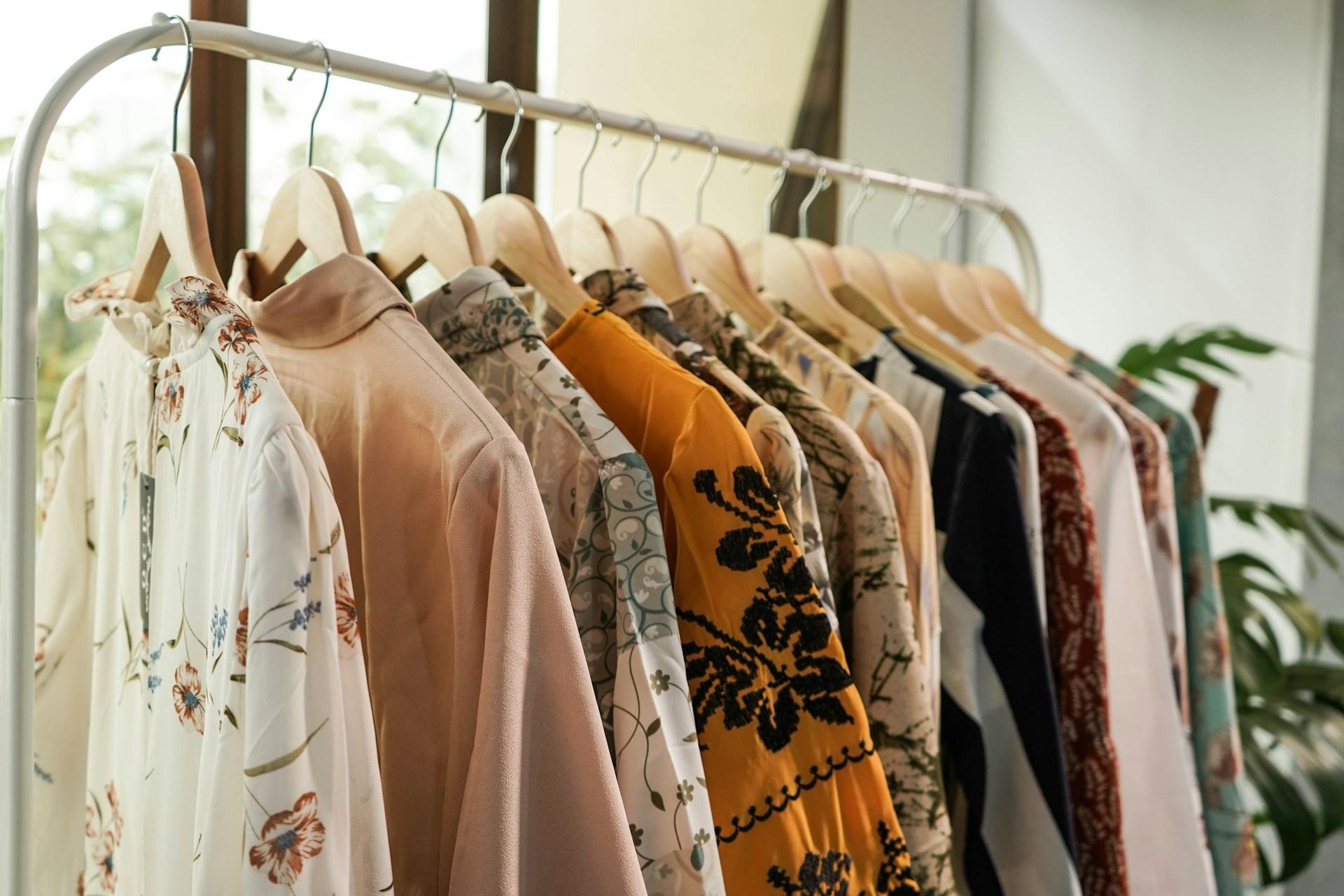
In a very small way, almost every human has participated in fashion design. Every day when you get dressed, you might make aesthetic and artistic choices over what you wear and what it means. This isn't quite the same as designing clothes, but you've made a decision that's ultimately self-expression and that's fundamentally what art is.
Become an Artist with the Help of Superprof
When you choose to become an artist, you need to think about many different things.
With every kind of art form, there isn't a completely established path for you to follow, but in almost every case, practice makes perfect.
You don't have to be bound to one kind of art, but focus will probably help as you attempt to gain recognition. People will need something to remember you for, after all, and if you dabble in every art form on the planet, it'll be harder to make an impact.
Artists can always combine a couple of art forms to create something new, but you might want to avoid falling into the trap of being a Jack of all trades.
Once you've decided upon your focus, you might want to consider extra-curricular classes in that art form or even reach out for a bit of help from specialists.
On the Superprof website, for example, you can find private tutors in all of the above art forms to help you develop skills and even find yourself as an artist. If you're still discovering which art forms you're passionate about, you can try several tutors out as they often offer the first lesson for free.
Start your art career today!

